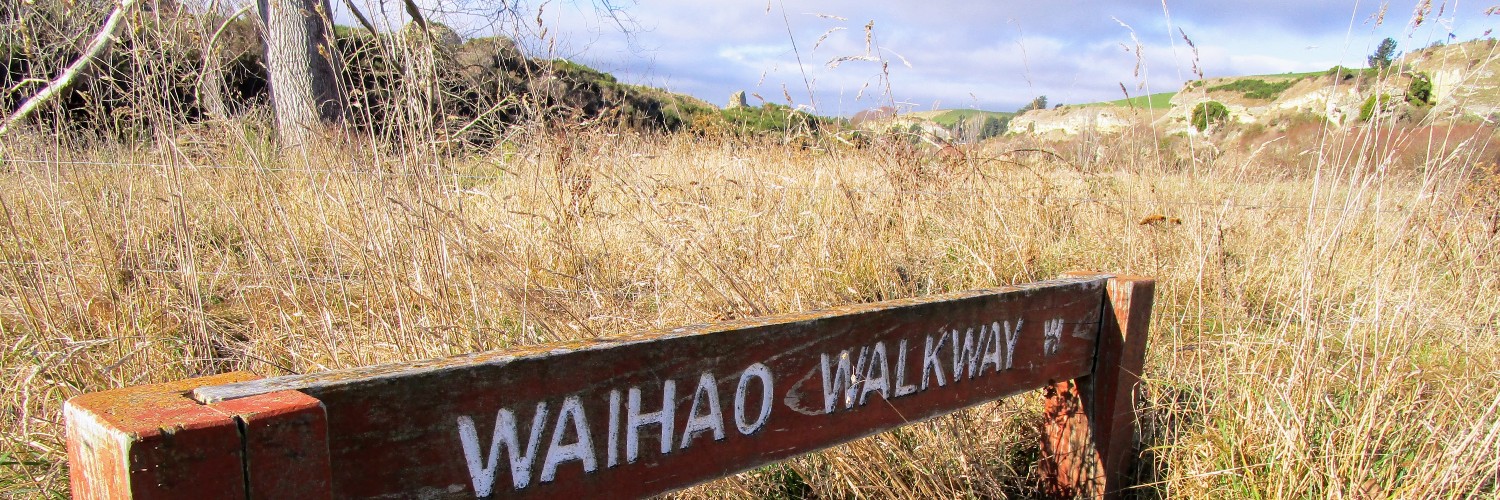Naming tracks with care
When your trail-building group names a new track – be it for walking, running, biking, riding, or climbing – choose a name that invites all track users to enjoy the great outdoors and accounts for the history, geography and culture of the area.
Naming tracks can be fun, giving you a chance to tell a story about the track, its users, and the wider environment and context. Names are important and take thought and conversation to get right.
The NZ Geographic Board Ngā Pou Taunaha o Aotearoa is New Zealand’s national place naming authority responsible for official place names. It doesn’t name roads, tracks or trails, but it has helpful advice for groups that do.
No matter where your track is or who it is for, the following three steps will help you choose its name: Engage, research and check.
1. Engage
The most important step is to engage; consulting, involving, and collaborating with everyone who has an interest in the area or may want to enjoy the track.
- Talk with local iwi, hapū, marae or other groups with ancestral interests. Te Puni Kōkiri Te Kāhui Māngai has information that may help you contact these groups. Where suitable, you may want to give preference to an original Māori place name. NZGB has some useful advice on this:
- Engage with your track users. Many different people enjoy Aotearoa New Zealand’s great outdoors, so engage widely to ensure that you pick a name that invites everyone to have fun using your new track.
- Engage with locals who live near your track who are interested in the area, its history, and its future. These locals might include schools, businesses, or community groups.
- Don’t forget the people whose land your track passes over or nearby.
- You will also want to talk to the relevant territorial authority/ies.
Engagement tools
The Department of the Prime Minister and Cabinet has produced a series of community engagement tools. While they are designed for government officials producing public policy, the key messages about inclusive, transparent, and meaningful consultation are helpful for anyone seeking to engage effectively.
2. Research
Before choosing the name, make sure you know about the history, geography, and cultural heritage of the area and the track. This will also be useful for informational signage you may set up later.
Personal names: Look into how the person is connected with the area or feature and the significance of their association with that place.
Historical names: Find out about the events, stories and people associated with the place, such as the history, origin or meaning of the name.
Descriptive names: Explain to yourself and your future users how the name describes the trail and its features.
Dual names / bilingual names: You should provide sufficient evidence associated with both names.
Funny names: Funny names shouldn’t be at anyone’s expense. Care should be taken to ensure that a witty name is acceptable to all stakeholders and will endure the test of time.
The Gazetteer
The Gazetteer is the authoritative source for official place names in New Zealand. We recommend the Gazetteer as a starting point for researching place names. It often includes useful history, origin and meaning information that you could use to support track or trail naming. NZGB has archives that go back to 1915 and are fully digitised so that it can provide you with copies of any of the material referred to in the Gazetteer.
3. Check
Once you have talked with other people, engaged, and done your research, do an external check. This might include going back to the people you talked to earlier to see if the name captures the insights they shared. You might also ask someone with a fresh pair of eyes to check that you haven’t missed anything important, like an unintended meaning to your track name.
Top tip for track naming in the digital age
Remember that your track will likely end up being added to an online map, database or app, such as Trailforks or Strava. Make sure that your track’s name is reflected accurately in the online world by adding it to user-led platforms before others have a chance to mislabel it or its segments.
We can help
If you are not sure where to start when naming your new track, contact our helpful Herenga ā Nuku regional field advisors.

